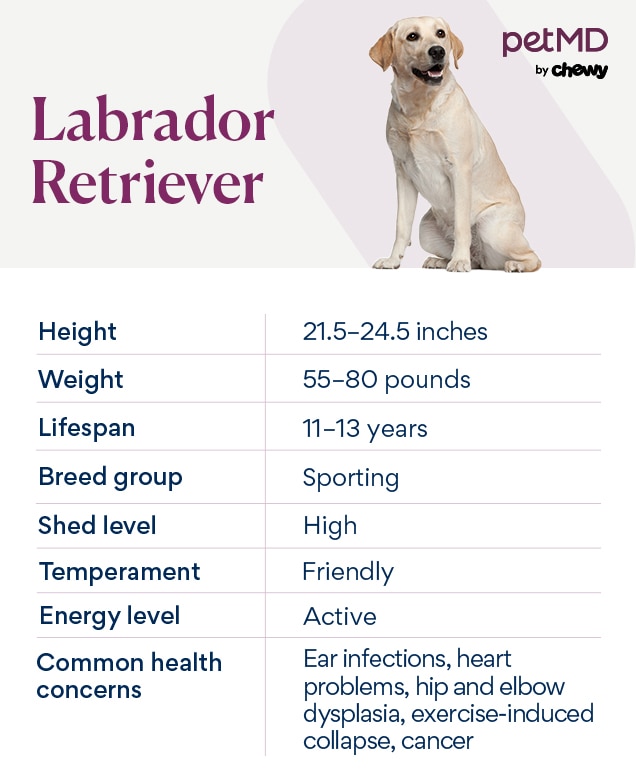Okay, so the other day I was hanging out with my buddy’s Labrador Retriever, Max. And I got to thinking, “What’s the deal with their tails?” I mean, they’re always wagging, right? But there’s gotta be more to it than just happiness.
So, I started my little investigation by, well, just watching Max. Seriously, I just sat there and observed him. He’d wag it when we played fetch, he’d wag it when he saw a squirrel, and he even wagged it a little in his sleep! It was like his tail had a mind of its own.

Feeling Around
Next, I did what any curious person would do – I gave it a gentle feel. Don’t worry, Max was totally cool with it. It felt pretty sturdy, kind of thick, and surprisingly muscular. Not like a bony cat tail at all. It was covered in that short, dense fur that Labs have, and it felt pretty smooth.
- Muscular
- Sturdy
- Thick
What the Experts Say
I realized that there is more to explore, so I did some searching on the internet. I found a few things that can affect the appearance of a Labrador tail, such as:
- Limber tail: This is a condition that can cause the tail to become limp and painful.
- Cold water tail: Similar to limber tail, this can happen after swimming in cold water.
- Happy tail: This isn’t a bad thing! It’s just when they wag so hard they can actually hurt themselves.
- Injuries: Just like any other part of the body, tails can get injured.
Putting It All Together
So, after my day of tail observation and internet searching, what did I learn? Well, a Labrador’s tail is more than just a furry appendage. It’s a communication tool, a rudder in the water, and a pretty good indicator of how they’re feeling. And, it’s built to be tough, just like the rest of them. Max’s tail might seem simple, but it’s actually a pretty amazing piece of doggy engineering!






